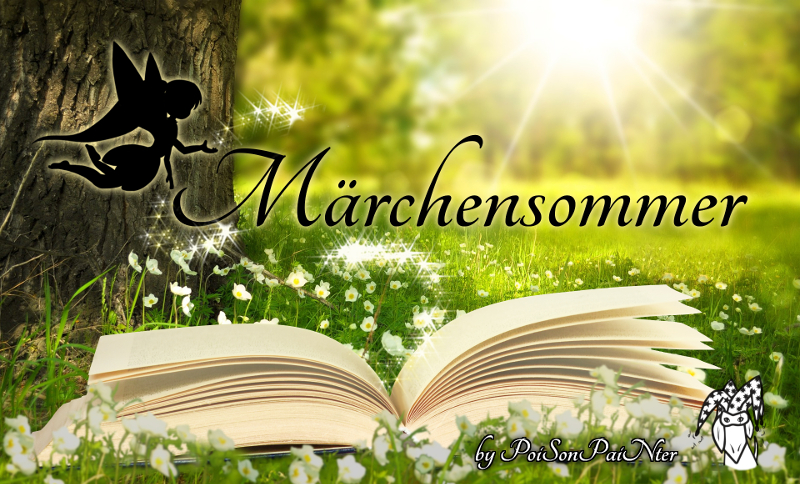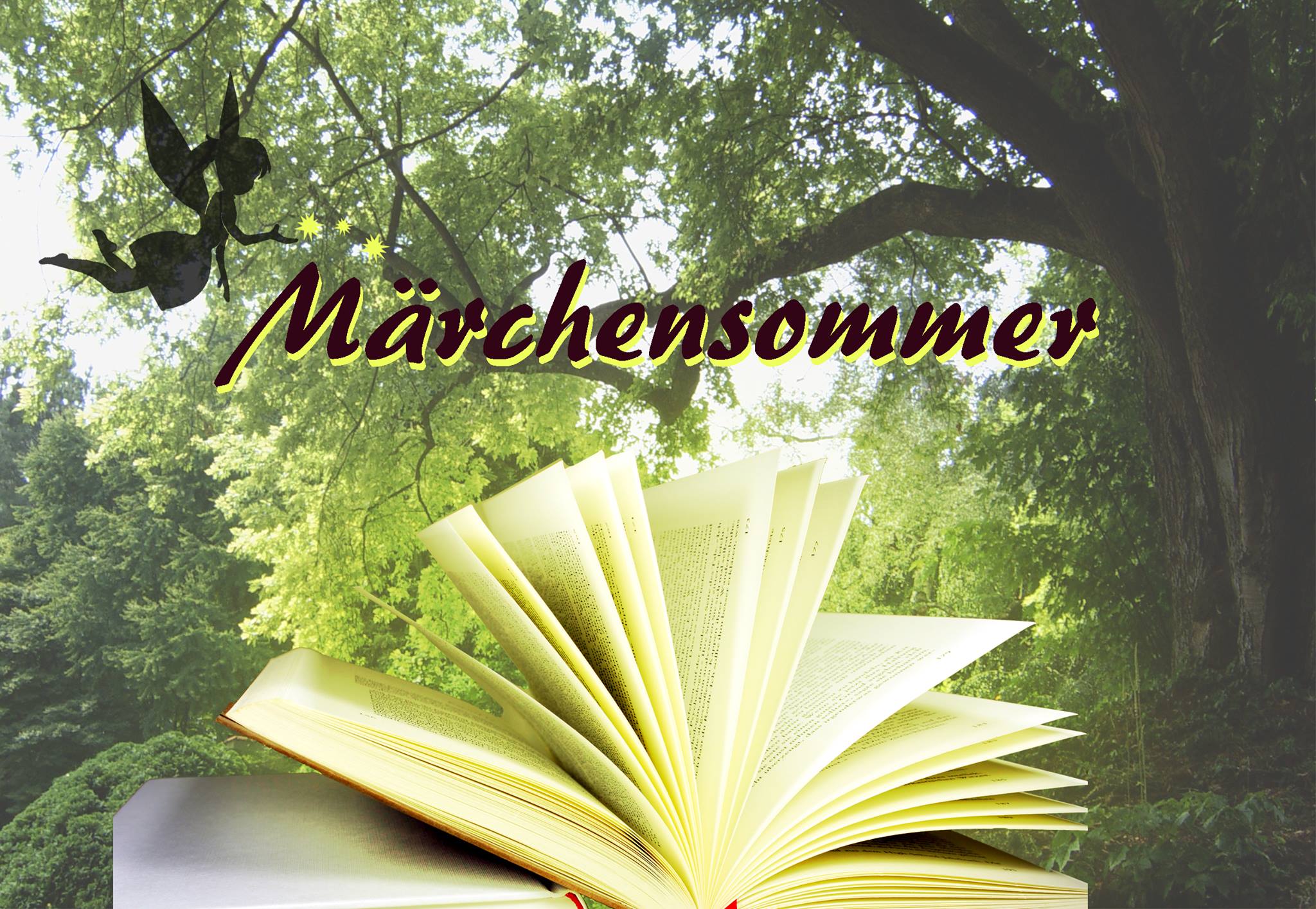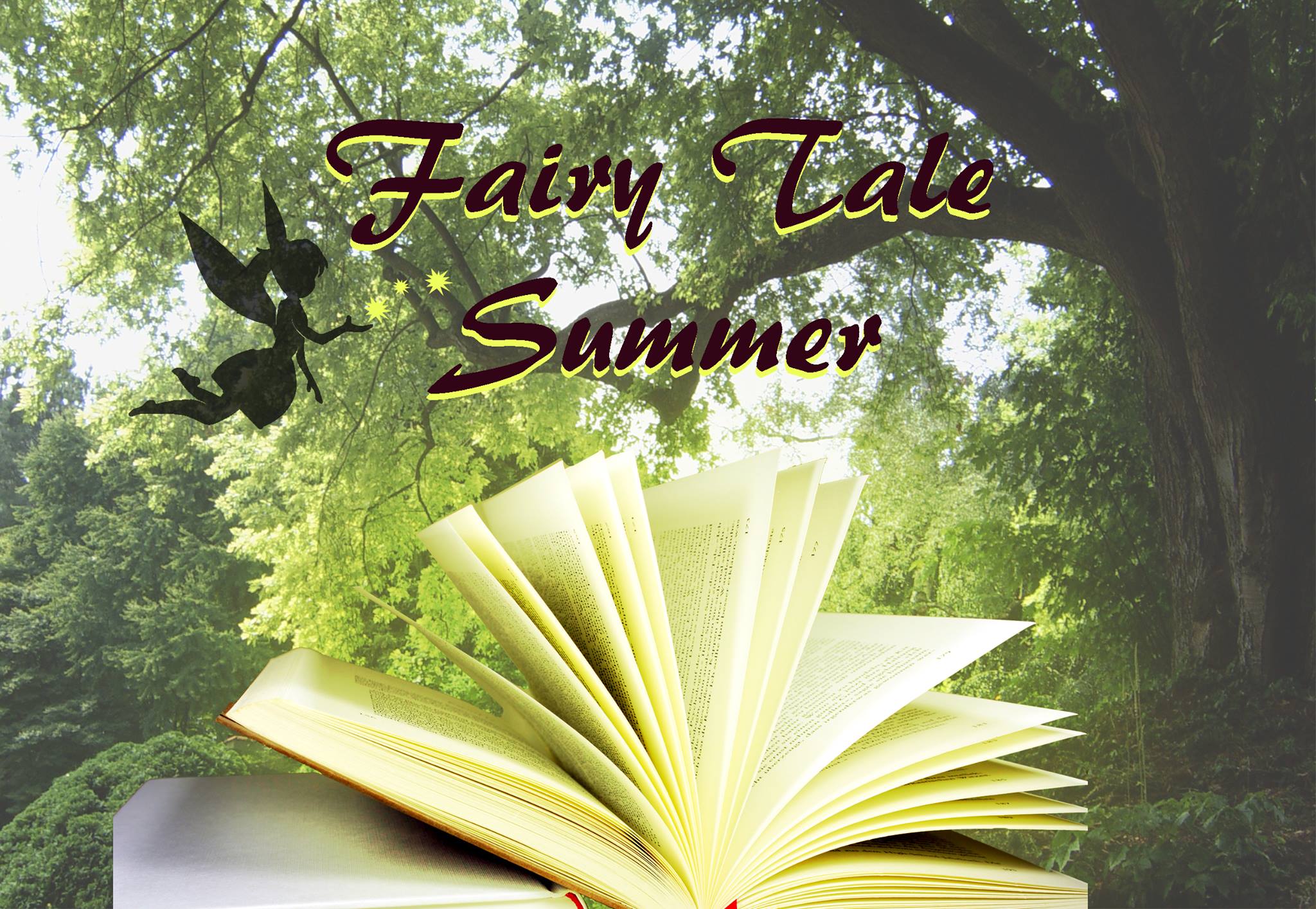Letztes Jahr hat Hannes sich der Mär vom Chen angenommen, dieses Mal beschäftigt er sich mit dem sprachlichen Einfluss der Brüder Grimm auf unsere heutige Märchenwelt.
Es war einmal ein Brüderpaar …
Jeder in deutschen Landen kennt die Kinder- und Hausmärchen der Brüder Grimm, nicht zwingend aus eigener Anschauung. Die halbe Welt kennt die Grimm‘schen Märchen und das meist dank einer (äußerst freien) Filmadaption. Dennoch sind die Brüder Grimm die ersten Autorennamen, wenn wir an Märchen denken, und ihre Stimmen sind das Maß, wenn wir uns den Text vorstellen. Dabei wollten sie weder Autoren sein, noch eine eigene Stimme in diesen Märchen zeigen.
Am Anfang war die Bitte, Könnt ihr für mich Märchen sammeln? Diese ersten 50 Märchen hat Clemens Brentano (dt. Schriftsteller des 19. Jh.) nie verwendet, aber die Brüder Jacob und Wilhelm Grimm sammelten weiter Märchen und Erzählungen. In ihrer letzten Ausgabe der Kinder- und Hausmärchen stehen über 200 Märchen geschrieben. Sie suchten eine unverfälschte Form deutscher Literatur und deutscher Kultur. Das 19. Jahrhundert war im Ganzen auf der Suche nach einer deutschen Identität und der eigenen Nation und für die Grimms war Sprache der Weg zu einer Antwort. Sie sammelten nicht nur Märchen, sondern auch Legenden, mittelalterlichen Minnesang, althochdeutsche Epen und vieles mehr. Ihre Märchensammlung ist nur die berühmte Spitze des Eisberges.
Randbemerkung: Vor allem Wilhelm Grimm sammelte und schrieb an den Texten, Jacob Grimm kümmerte sich mehr um die wissenschaftlichen Anmerkungen. Jacob Grimm ist wesentlich bekannter für seine sprachwissenschaftlichen Arbeiten und seine Deutsche Grammatik ist eine der Gründungsschriften der Germanistik.
Die Kinder- und Hausmärchen waren die Grimm‘sche Antwort auf die Frage: Was ist ureigentlich deutsch? Sie übernahmen Geschichten wie Rotkäppchen, welche in ganz Europa verbreitet war, weil sie glaubten hier eine Spiegelung germanischer Kultur zu sehen. Und was ist schon germanische Kultur, wenn nicht der Anfang von Deutschheit? Unter ihren Quellen (sprich: ausgewählte Menschen, die ihnen Märchen erzählten) befanden sich auch Hugenotten, also Franzosen. Denke der Leser hierzu bitte seinen eigenen Teil.
Um diese Deutschheit stärker aus den Märchen zu heben, führten die Grimms regionale Wendungen, Dialektsprache und gerne Plattdeutsch in ihre Textfassungen ein. Unter den Grimms hieß die Freundin der sieben Zwerge noch „Sneewittchen“ und obwohl ihr Name heute an unsere Standard sprechenden Zungen angepasst ist, Hochdeutsch ist er immer noch nicht. Niemand nennt sie „Schneeweißchen“.
Allerdings überarbeiteten sie die Märchentexte nicht nur in Hinblick auf dialektale Sprache. Nach der ersten Veröffentichung und der teilweise harschen Kritik überarbeitete Wilhelm Grimm die sexuellen Anspielungen, die in vielen Märchen vorhanden waren und nicht als kindgerechet angesehen wurden. Aus Rapunzel beispielsweise nahm er die deutliche sexuelle Beziehung zwischen dem Prinzen und dem Mädchen im Turm heraus. Außerdem fügte er so manchesmal Moral in den Text ein, um Gewalt abzuwschächen oder die Lehre zu verdeutlichen. Es sollte eben kinderfreundlicher werden.
Die Märchen sollten auch leserfreundlich sein, also fügte Wilhelm Grimm ihnen mehr Details ein, erfand Dialoge und arbeitete Motive, Themen und Handlungsstränge aus. So mancher Märchentext wuchs in dieser Weise auf die doppelte Länge an. Darüber hinaus passte er die Erzählsprache der Märchen einander an, damit sie stilistisch zueinander passen und nicht wie das bunt zusammengewürfelte Sammelsurium klangen, dass sie eigentlich waren. Er arbeitete einen rustikalen Ton heraus und gab den Wörtern einen deutschen Anstrich. Wenn in vielen Märchen von Feen, Prinzen und Prinzessinnen die Rede war – alles französische Wörter – verdeutschte er diese Figuren zu Zauberinnen, weise Frauen und Königssöhnen bzw. -töchtern.
Wenn es heißt „Es war einmal …“, dann hören wir Wilhelm Grimm erzählen, weniger eine Urformel der Märchenerzählung. Wenn es heißt „Sie hätte Schneewittchens Lunge und Leber gegessen“, dann ist es Wilhelm Grimms Verdienst, dass sie nicht mehr Schneewittchens leibliche Mutter und damit diese schreckliche Szene weniger schrecklich war. Wenn es heißt „Frau Königin, Ihr seid die Schönste hier, aber Schneewittchen über den Bergen bei den sieben Zwergen ist noch tausendmal schöner als Ihr“, dann lesen wir Wilhelm Grimms Dichtkunst. Wenn es heißt „Es geschah aber, daß ein Königssohn in den Wald geriet und zu dem Zwergenhaus kam“, dann schrieb Wilhelm Grimm jedes Wort so deutsch, wie er nur konnte.
Die halbe Welt kennt die Brüder Grimm als die Autoren von Märchen und dieser Ruhm wird ihrem Einfluss auf die Gestalt von Märchen gerecht. Sie verfassten die Formeln und Wendungen, die wir alle aus Märchen kennen und von Märchen erwarten. Sie waren mehr als nur Sammler auf der Suche nach deutscher Kultur. Sie erschufen deutsche Kultur.
Der Gastautor:
In Greifswald studierte Hannes Laumeier Sprachwissenschaft und trat mit dem Autorenverein GUStAV zu Lesungen auf. Das Publikum lachte, weinte und staunte mit seinen Kurzgeschichten. Er schreibt von Problemen der Liebe und des Alltags, von Mythen, Magie und Tod, von fremden Kulturen und Sprachen. Sein Lieblingszitat ist: „Habe keine Angst vor der Perfektion: du wirst sie nie erreichen.“ (Salvador Dalí)
Homepage: Tintenlöwe
Twitter: Ingenius11
Anne/PoiSonPaiNter
_________________________________
Last year Hannes took up the Tale of Chen, this time he looks at the linguistic influence of the Brothers Grimm in our Fairy Tale world today.
Once upon a time there were two brothers …
Everyone in Germany knows the Children’s and Household Tales by the Brothers Grimm, not necessarily of their own viewing. Half the world knows of Grimm’s folk tales and often thanks to a (exceedingly free) film adaptation. Nevertheless, the Brothers Grimm are the first authors, when we think about Fairy Tales, and their voices are the measurement, when we imagine the wording. Although they did not want to be authors, nor did they want their voices to show off in these folk tales.
In the beginning was the request: Could you collect some folk tales for me? These first 50 tales were never used by Clemens Brentano (germ. writer in the 19th century), but the brothers Jacob and Wilhelm Grimm collected more tales and stories. The last issue of their Children’s and Household Tales included more than 200 tales. They searched for a pure form of German literature and German culture. The 19th century as a whole was searching for a German identity and their own nation. The brothers thought language was the way to an answer. They not only collected folk tales, but also legends, medieval minnesongs, Old High German epics and much more. Their collection of folk tales is just the famous tip of the iceberg.
Side note: Primarily Wilhelm Grimm collected and wrote these tales, Jacob Grimm mostly took care of the scientific annotations. Jacob Grimm is mostly famous for his linguistic work and his German Grammar is one of the founding papers of the academic field of German language and literature studies.
The Children’s and Household Tales were the Grimm’s answer to the question: What is innately German? They adopted stories like Little Red Riding Hood, which was widely spread in all of Europe, because they thought it reflected Germanic culture. And what is Germanic culture, if not the beginning of Germaness? Among their sources (say: chosen people, who told them folk tales) were Huguenots, thus French people. May the reader make of this what he wants.
To emphasize this Germaness in their folk tales, the Brothers used regional phrases, dialects and their liked to use Low German in their versions. For example, in the Grimm’s version the friend of the seven dwarfs was still called „Sneewittchen“ and even though her name nowadays has been adapted to our Standard German speaking tongues, it’s still not High German. Nobody calls her „Schneeweißchen“.1
But they did not only revise with regard to dialectal language. After the first publication and some harsh critics Wilhelm Grimm reworked the sexual innuendos, which were present in many of the tales but were not deemed as appropriate for children. In Rapunzel he deleted the sexual relationship between the prince and the girl in the tower. Furthermore, he added some morality to weaken the violence or to polish the education value. The tales should be child friendly after all.
Also, the tales should be reader friendly, hence Wilhelm Grimm integrated more details, imagined dialogue and strengthened motives, themes and plot lines. Some of the text grew twice as long with this method. Moreover, he leveled the narrative language of the tales, so they became stylistically similar and less like a colorful random smorgasbord, which they actually were. He worked in a rustic tone and gave the words a German coat. Whenever there were fairies, princes and princesses mentioned in the tales – all of them words of French origin – he germanized these characters as „Zauberinnen“ (enchantresses), „weise Frauen“ (wise women) and „Königssöhne“ or „Königstöchter“ (king’s son and daughters).
When it says „Once upon a time …“, then we hear Wilhelm Grimm narrating, less a prototype of the narration of folk tales. When it says „She had eaten Snow-White’s lungs and liver“, then it is to Wilhelm Grimm’s credit it wasn’t Snow Whites biological mother anymore and therefore this terrible scene was a little less terrible. When it says „Mirror, mirror, on the wall, who in this land is fairest of all?“ – „You, my queen, are fair; it is true. but Snow-White is a thousand times fairer than you“, then it is Wilhelm Grimm’s poetic talent we witness. When in the German version it is a „king’s son“ who kisses Snow White, then Wilhelm Grimm wrote every word as German as he possibly could.
Half the world knows the Brothers Grimm as the authors of fairy tales and their fame lives up to their influence on the form of folk tales. They invented phrases, we all know from Fairy Tales and we also expect from them. They were more than just collectors in search of German culture. They created German culture.
1 For everyone not familiar with German dialects: „snee“ is Low German for „Schnee“ (eng. snow); and „wittchen“ is Low German for „weißchen“ (eng. little white).
The Guest-Author:
Hannes Laumeier studied linguistics in Greifswald and performed readings with the author association GUStAV. The audience laughed, cried and marveled at his short stories. He writes about the problems of Love and everyday life, about myths, magic and death, about foreign cultures and language. His favourite quote is: „Don’t fear perfection: You will never reach it.“ (Salvador Dalí)
Homepage: Tintenlöwe
Twitter: Ingenius11
Anne/PoiSonPaiNter



